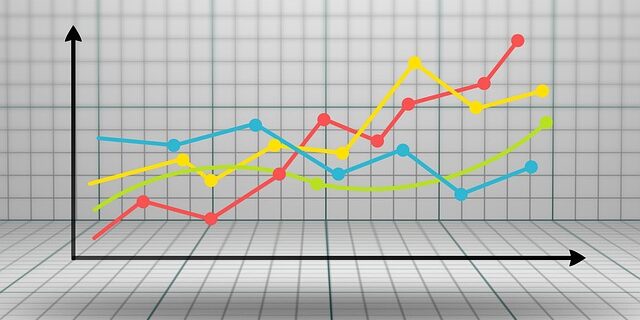Creating tables and graphs; I don’t know many people who think that this is a cause for great joy. For most, it leads to a lot of frustration, stress and cursing.
So I have a couple of free programs for you, recommended by PhD students, which will considerably simplify creating tables and graphs.
The old-fashioned way
You can create graphs and tables in an old-fashioned way in Excel or Word. You will find many instructions on Youtube. Google Draw is another option.
Twelve more options
A highly regarded option by many PhD students is R’s ggplot2. Search for ggplot2 and you will find the download. R also offers cheatsheets, for example, the Data Visualization Cheatsheet. Check out the more comprehensive tutorial here.
Python’s Matplotlib or Seaborn are also highly recommended. Have a look here for a Matplotlib guide.
Do you use LaTex, then pgfplots is a great option. Some students comment that this program is not so compatible with big datasets though.
Scidavis is an open-source platform. It is easy to download from many sites, also for the Mac.
Prism, Lucidchart, Plotly, OriginLab, Veusz and Miro are also very popular. Like Inkscape, which is a bit more graphic and resembles Corel Draw. Miro is often recommended for flow charts and mental maps.
It is a matter of checking what you need and what suits you the best.
Do you have any other suggestions? Great if you share them in the comments.




